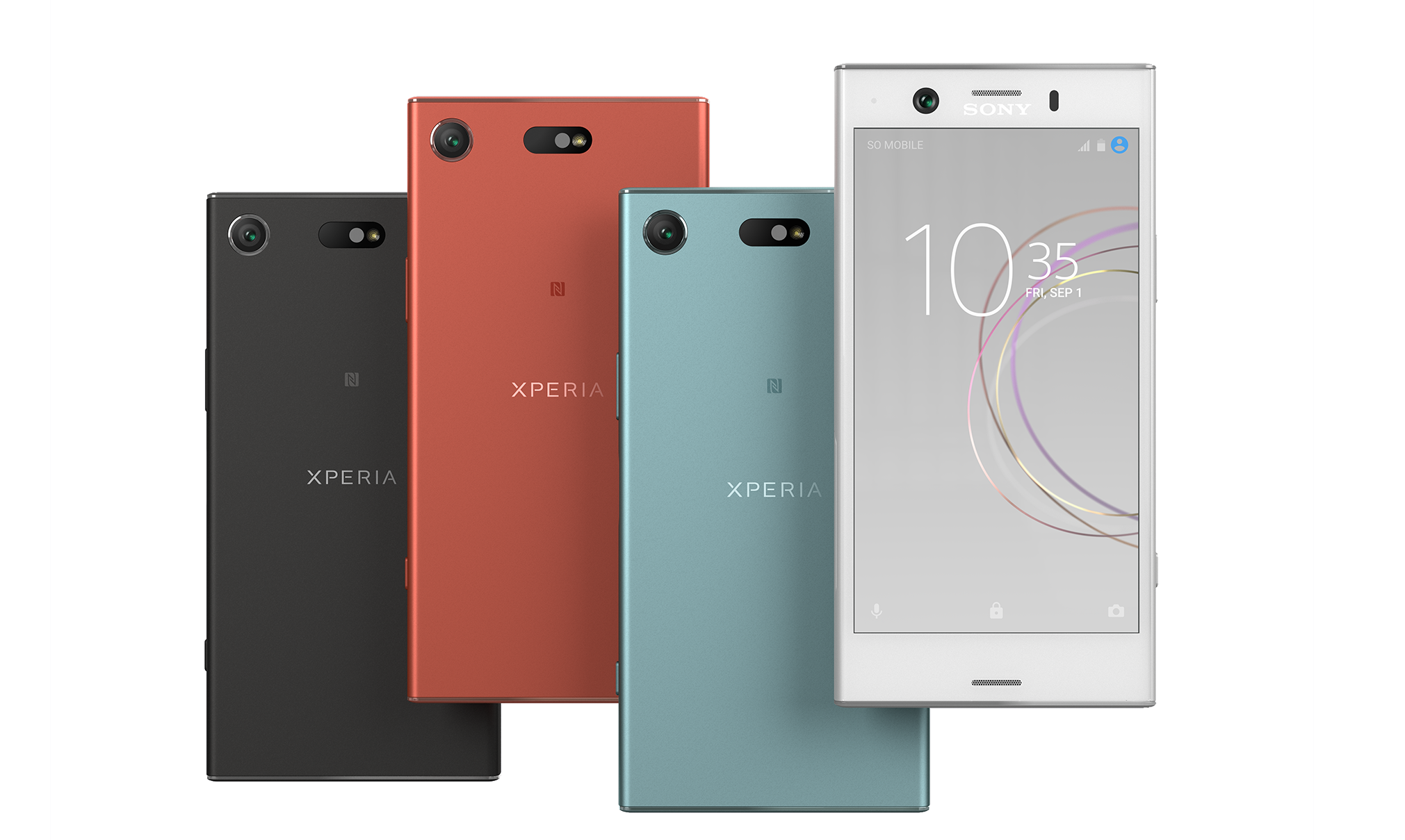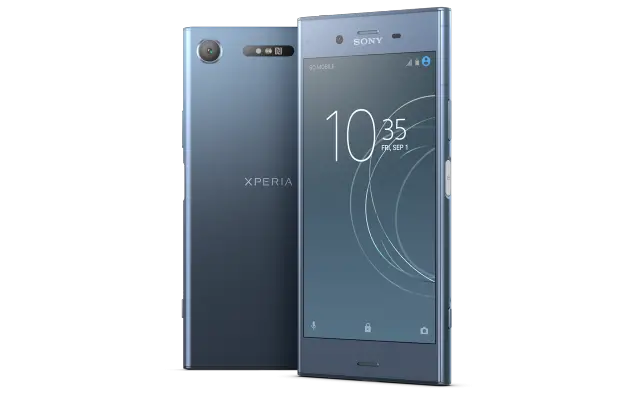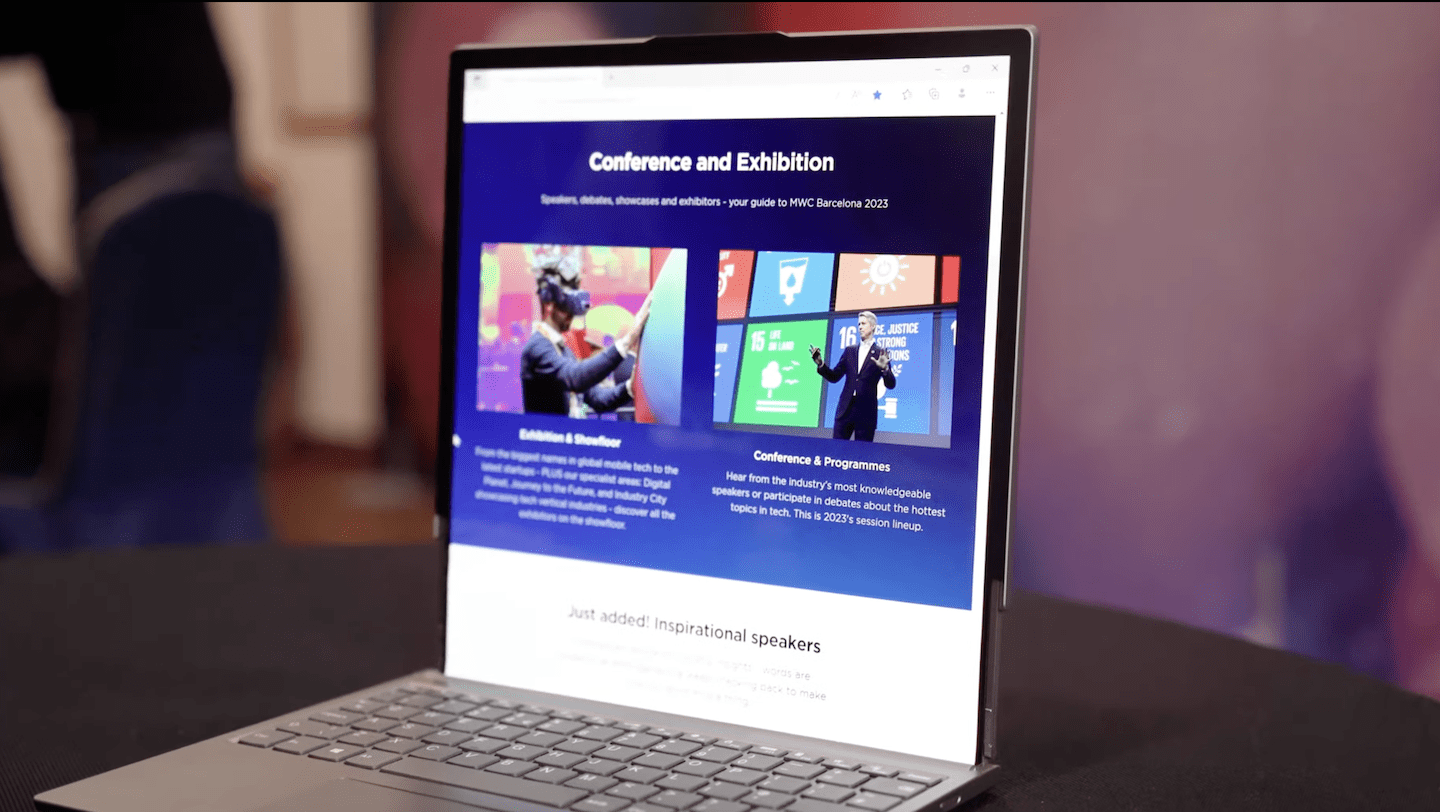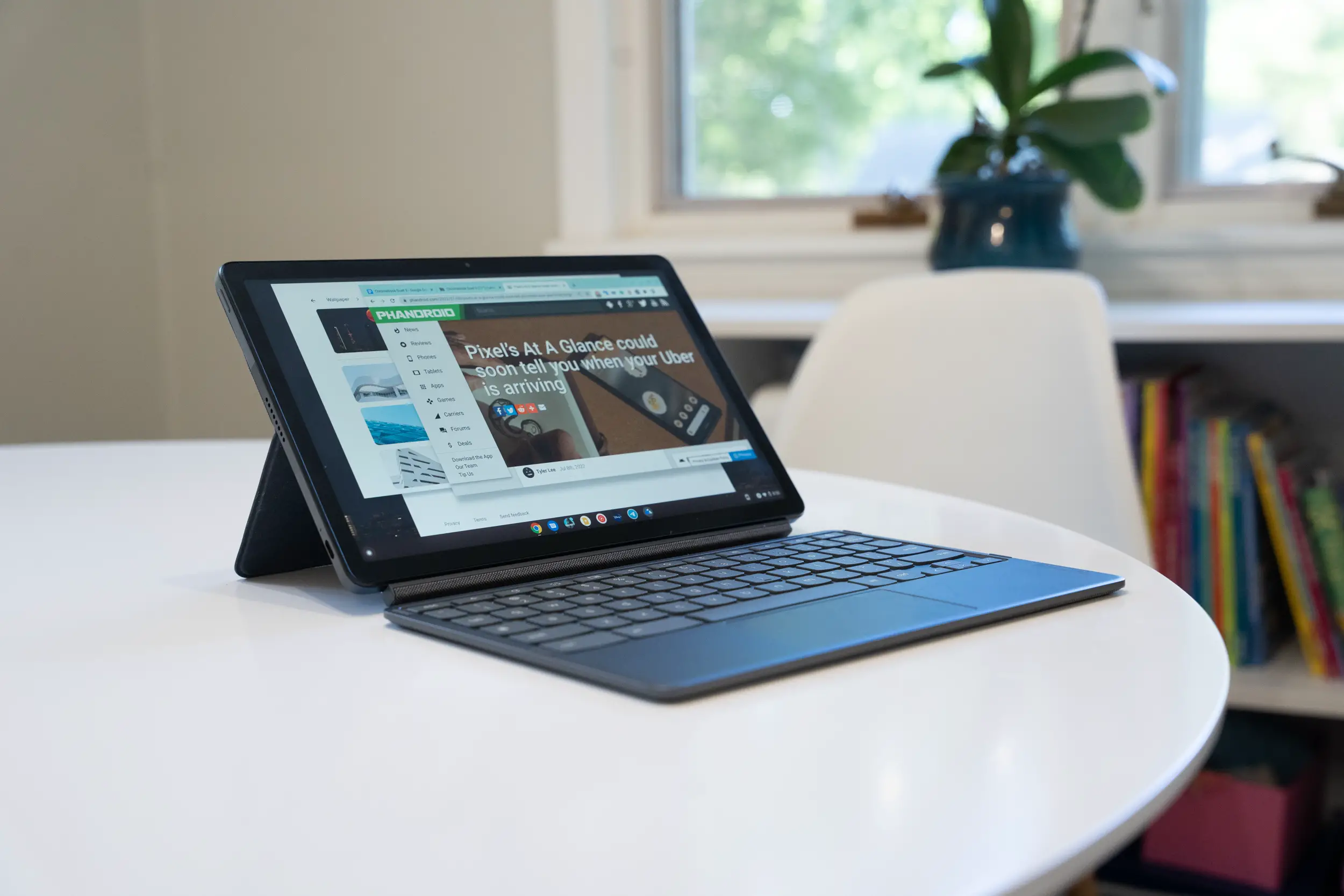Despite a struggling mobile business, Sony has had no problem churning out new Android phones year after year (sometimes even sooner than that). Like clockwork, the Japanese manufacturer is announcing brand new devices at IFA 2017 — the Sony Xperia XZ1 and Sony Xperia XZ1 Compact — two flagships worthy of the Xperia name.
The devices carry over the same (read: nearly identical) design language as Xperia devices before them, with Sony’s trademark square design, button placement, large bezels, stereo front facing speakers, and IP68 water/dust resistance. They did “improve” some things however, with the larger XZ1 featuring an almost unibody design thanks to a “seamless metal loop surface” surrounding the phone (the Compact is just plastic).
The 5.5-inch 1080p display on the XZ1 supports HDR video on Netflix and Amazon (the smaller 4.7-inch 720p XZ1 Compact doesn’t), while the 19MP “Motion Eye” camera captures 960fps video and features auto-focus burst shots (the first of its kind), and Predictive Capture for capturing shots before you actually press the shutter button. There’s even a 3D scanning mode that allows you to capture full, 3D images of a subject and print them out via a 3D printer. Sony says this will soon be integrated inside video games, so it will be possible to digitize yourself for use as an in-game avatar. Neat.
Both phones feature Qualcomm’s Snapdragon 835 processor, 4GB of RAM, and a 2,700mAh battery. As for storage, you’re looking at 64GB for the big model, 32GB for the Compact — although both come with micro SD expansion. You can expect each device to launch with Android 8.0 Oreo straight out of the box, which makes them some of the first crop of devices that will do so.
You can pick up an unlocked Sony Xperia XZ1 on September 19th for $699 at Amazon or Best Buy. The smaller XZ1 Compact will hit stores October 4th for $599, with both coming in black, blue, silver, or pink. As per the usual neither Xperia XZ1 will be offered through carrier stores, and neither will have a functional fingerprint sensor in the US because… patents.
via Sony Mobile












Comments